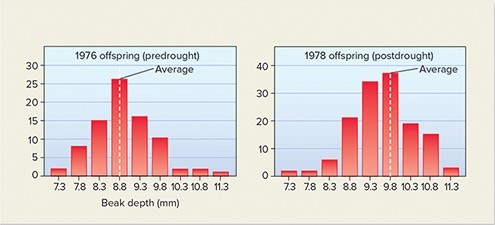Allosteric inhibition is generally a result of:
a. excess substrates
b. binding regulatory molecules at a site other than the active site
c. a change in the temperature of the system
d. binding of the regulatory molecule at the active site
e. pH inhibition
b
You might also like to view...
The Ames test
A. is used to measure levels of oxygen free radicals. B. is used to measure the repair of thymine dimers. C. can be used to measure the mutagenicity of chemicals. D. None of the choices are correct.
DNA vaccines work by
A. stimulating production of antibodies against DNA. B. stimulating interferon production. C. inactivating the host DNA. D. having the cell use the introduced DNA to make the microbial protein antigen.
Which of the following is a coenzyme?
A) zinc B) vitamin B6 C) iron D) iodine
Peter and Rosemary Grant study natural selection in finches on the Galápagos Islands. They have hypothesized that dry condition produce larger seeds and may result in larger beaks in succeeding generations of finches. The figure below shows their data from 1976 and 1978. The y-axis is the number of birds measured and the x-axis is the beak depth. Do their data support their hypothesis and why? 
A. No; because in 1976, before the drought, the largest beak depth was still 11.3mm. B. Yes; because the average beak depth of birds in the population increased from 8.8mm in 1976 to 9.8mm in 1978. C. No; more data would be necessary to show a support of their hypothesis. D. Yes; because there were more birds measured in 1978 after the drought, therefore they must have been able to get food and reproduce. E. No; because even though more birds were measured in 1978, the beak size of the upper range was smaller.